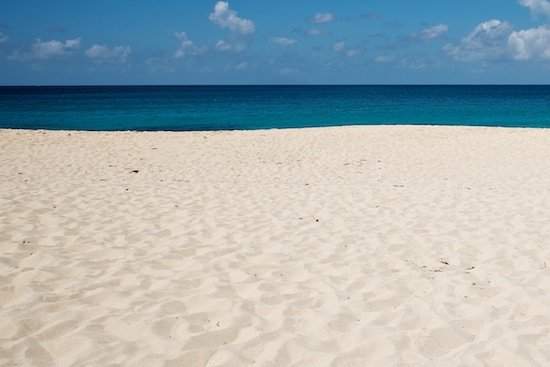Italy’s well-known sun and sand form the basis of many beach holidays. An Italian company has also found another purpose for the combination: energy production.
Magaldi Group is using sand to produce and store energy in a 100-kilowatt thermal power demonstration plant in Salerno, a short drive from the famous Amalfi Coast. Production is set to start later this year.
“If you’ve ever walked on the beach in the sun and burned your feet,” you know how sand takes on heat, founder and Chairman Mario Magaldi, who has put 10 million euros ($11 million) into the project so far, said in an interview. “With wind farms you only have energy when it’s windy, with solar, only when there’s sun. With this technology you can concentrate energy into one receiver and use it when there’s no more sun.”

The plant is a concentrated solar power, or CSP, system, which uses mirrors to focus sunlight to heat sand. The hot sand then produces steam which can run turbines and generate electricity.
CSP technology, which is widely used in Spain, the U.S, Middle East and Asia, often uses heated molten salt to produce energy, while the Magaldi plant uses common silica sand, which owners say is cheaper.
The plant can produce about 500 kilowatts of energy with one turbine, or enough to power a small town. More turbines can be added for increased power. The facility can also work at night.
“We have about 270 tons of sand stored in the plant’s receiver, so when the sun goes down the plant can keep producing steam for another six hours using the thermal energy stored inside,” says Matteo Mauro, engineer for the company.
Magaldi says the technology behind the plant could be useful in remote areas in need of energy. He says the company is in touch with possible clients in Australia, South Africa and Central America.
Mai Linh
